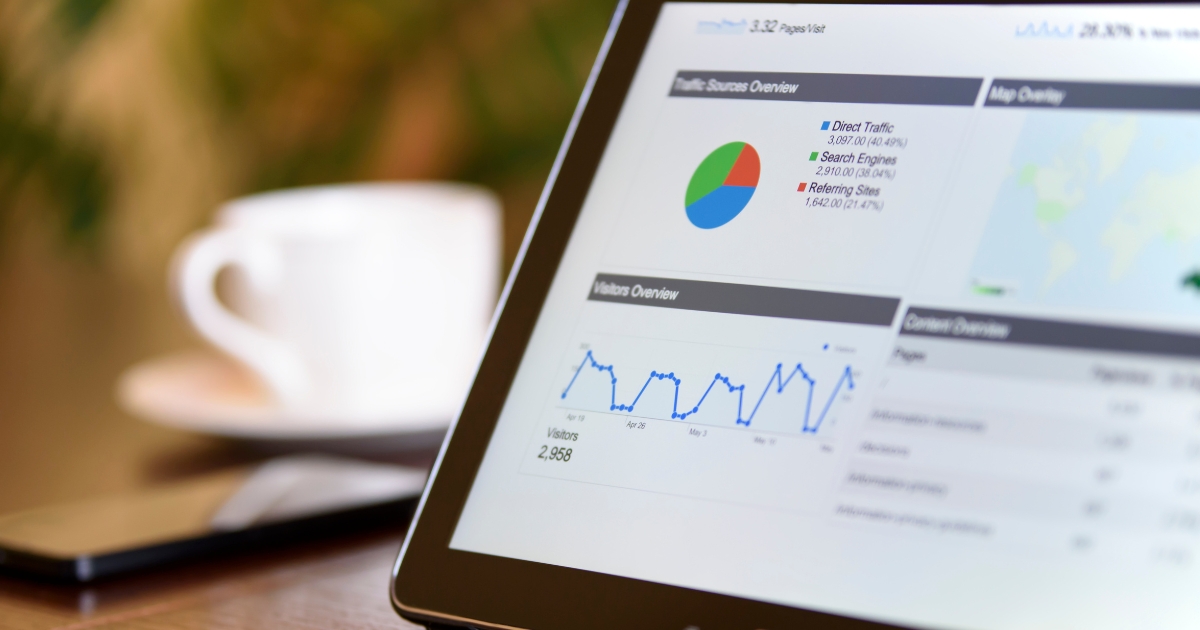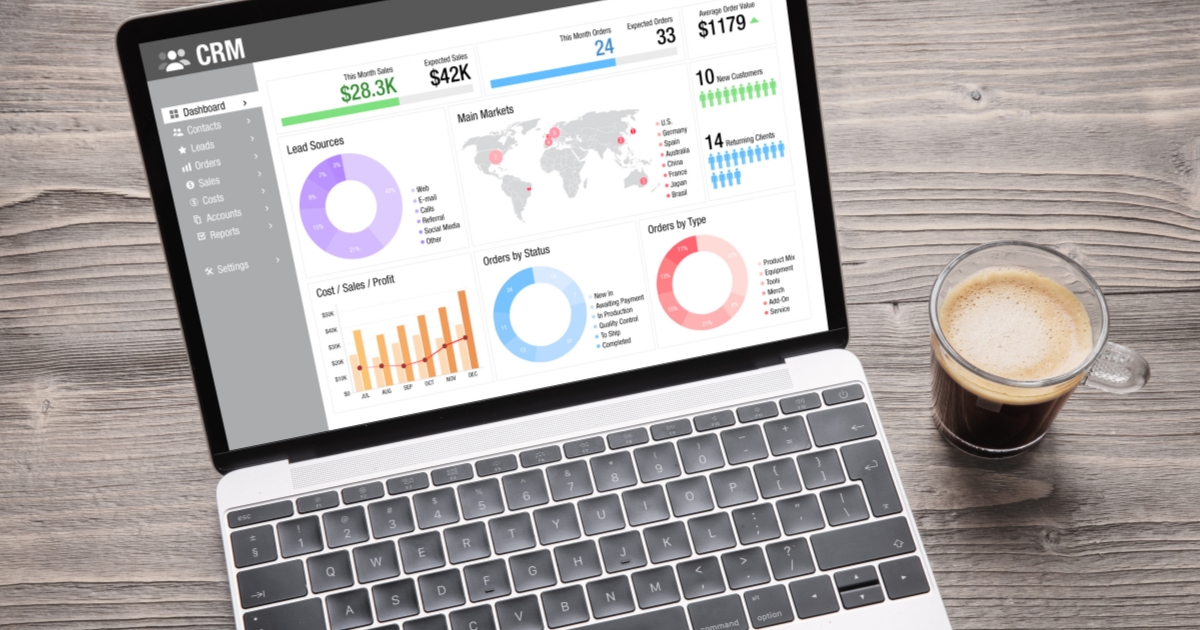In today’s digital age, websites have become vital tools for businesses and individuals alike. However, simply having a website is not enough. It is crucial to understand how your website is performing and whether it is achieving its intended goals. This is where website analytics comes into play. Website analytics is the process of tracking and analysing various metrics and data points to gain insights into your site’s performance. By effectively tracking your site’s performance, you can uncover valuable information about your audience, their behaviour, and the effectiveness of your marketing efforts. In this blog post, we will explore the importance of website analytics and provide a comprehensive guide on how to track your site’s performance effectively. Whether you’re running an e-commerce store, a personal blog, or a corporate website, understanding website analytics will empower you to make data-driven decisions and optimise your online presence for success.

Setting up your website’s analytics
Before you can start tracking your site’s performance, you need to choose the right analytics platform and install a tracking code on your website. There are several analytics tools available in the market, including Google Analytics, Adobe Analytics, and Piwik. Google Analytics is the most popular and widely used analytics platform, and it’s free to use, but there are others that offer great options if you don’t want to utilise Google’s option. It’s best to conduct your research and determine which analytics platform is going to serve the greatest benefit to your website and your business.
Once you have chosen your analytics platform, you need to install tracking code on your website. This code allows your analytics tool to track and report on visitor behavior and activity on your site. You will need to configure your goals and conversions, such as a purchase, sign-up, or contact form submission, so that you can track and measure your site’s success in achieving these goals. By setting up your website analytics properly, you can get a comprehensive understanding of your site’s performance and make informed decisions to improve it.

Tracking key metrics
Tracking the right metrics is essential to gain meaningful insights into your website’s performance. Here are some key metrics you should focus on:
Traffic sources and acquisition
Understanding where your website visitors are coming from can help you identify which marketing channels are driving the most traffic. Monitor metrics such as organic search, referral traffic, social media referrals, and paid advertising to assess the effectiveness of your acquisition strategies.
User behaviour and engagement
Analysing user behaviour metrics like page views, time on page, and bounce rate can provide insights into how visitors interact with your site. Tracking user engagement metrics such as click-through rates, form submissions, and video views can help you measure the effectiveness of your content and user experience.
Conversion rates and goals
Monitoring conversion rates is crucial for assessing the effectiveness of your website in driving desired actions, such as purchases, downloads, or subscriptions. Set up conversion goals to track specific actions and measure their success over time.
Bounce rate and exit pages
Bounce rate indicates the percentage of visitors who leave your site after viewing only one page. Analysing bounce rates can help identify issues with page relevance, load times, or user experience. Additionally, tracking exit pages can reveal common points at which visitors leave your site, potentially indicating areas for improvement.
Page load speed and performance
Page load speed is a critical factor for user experience and can impact both engagement and conversion rates. Monitor metrics like page load time, server response time, and page size to ensure your website is optimised for fast and seamless performance.
By tracking these key metrics, you can gain valuable insights into your website’s performance, identify areas of improvement, and make data-driven decisions to enhance the user experience and achieve your goals.

Utilising analytics reports effectively
Once you have set up website analytics and gathered data, it’s time to delve into the reports and make sense of the information that has been captured. Analytics platforms provide a variety of reports and dashboards that present data in a digestible format. Your primary analytics dashboard will provide you with an overview of the key metrics and trends associated with your website. Most platforms will also allow you to generate specific reports that categorise certain metrics into an easy to comprehend format. By utilising the data captured on user behaviour, visitor numbers and demographics, bounce rates, and engagement, you can make informed decisions about areas of improvement and identify opportunities for growth and development within your website and by extension, your business.
Mobile and cross device analytics
With the widespread use of mobile devices, it’s crucial to track and understand how visitors interact with your website across various devices. Utilising mobile specific analytics tools or features within your chosen analytics platform to track mobile-specific metrics can help you identify areas for improvement in your mobile site design, navigation, and content. This in turn, can streamline the experience for mobile device users and increase compatibility opportunities for your website. It is essential in order to stay relevant in today’s mobile driven world.

Best practices for effective analytics tracking
To ensure effective tracking of your website’s performance, it’s essential to follow industry best practices. Here are some key practices to consider:
Setting up a measurement plan
Define clear goals and objectives for your website and establish a measurement plan that aligns with these goals. Identify the key metrics and KPIs you need to track to measure success and make data-driven decisions.
Regularly monitoring and reviewing data
Make it a habit to regularly review your analytics data. Monitor trends, changes, and anomalies in the data to identify areas that need attention or improvement. Set up automated reports and alerts to stay informed about important metrics and changes.
Utilise segmentation for deeper insights
Use segmentation to break down your data into meaningful groups. Analyse data by demographics, traffic sources, devices, or user behaviour to gain deeper insights into different audience segments and tailor your strategies accordingly.
Benchmarking and comparing data
Establish benchmarks and track your performance over time. Compare current data with historical data to identify trends and measure the impact of optimisations or marketing initiatives. Compare your performance against industry benchmarks to gauge how well you’re performing in your niche.
Continuously optimising and iterating
Use the insights gained from analytics to make data-driven optimisations to your website. Test and experiment with different elements such as headlines, layouts, call-to-action buttons, or page designs to improve user experience and conversion rates. Continuously iterate and refine your strategies based on the data you collect.

Improving your website’s performance with onsite analytics
Tracking your website’s performance through analytics is essential for understanding user behaviour, optimising your site, and achieving your goals. By implementing the right analytics platform, setting up tracking codes, and analysing key metrics, you can gain valuable insights into your website’s performance. Remember to follow best practices such as regular monitoring, segmentation, benchmarking, and continuous optimisation.
If you need expert assistance in understanding analytics and implementing best practices for your website, consider reaching out to Jeremy Dawes, a trusted website design expert. With expertise, you can harness the power of analytics to improve your website’s performance and drive success. Take the next step toward data-driven decision-making and optimise your online presence today.

